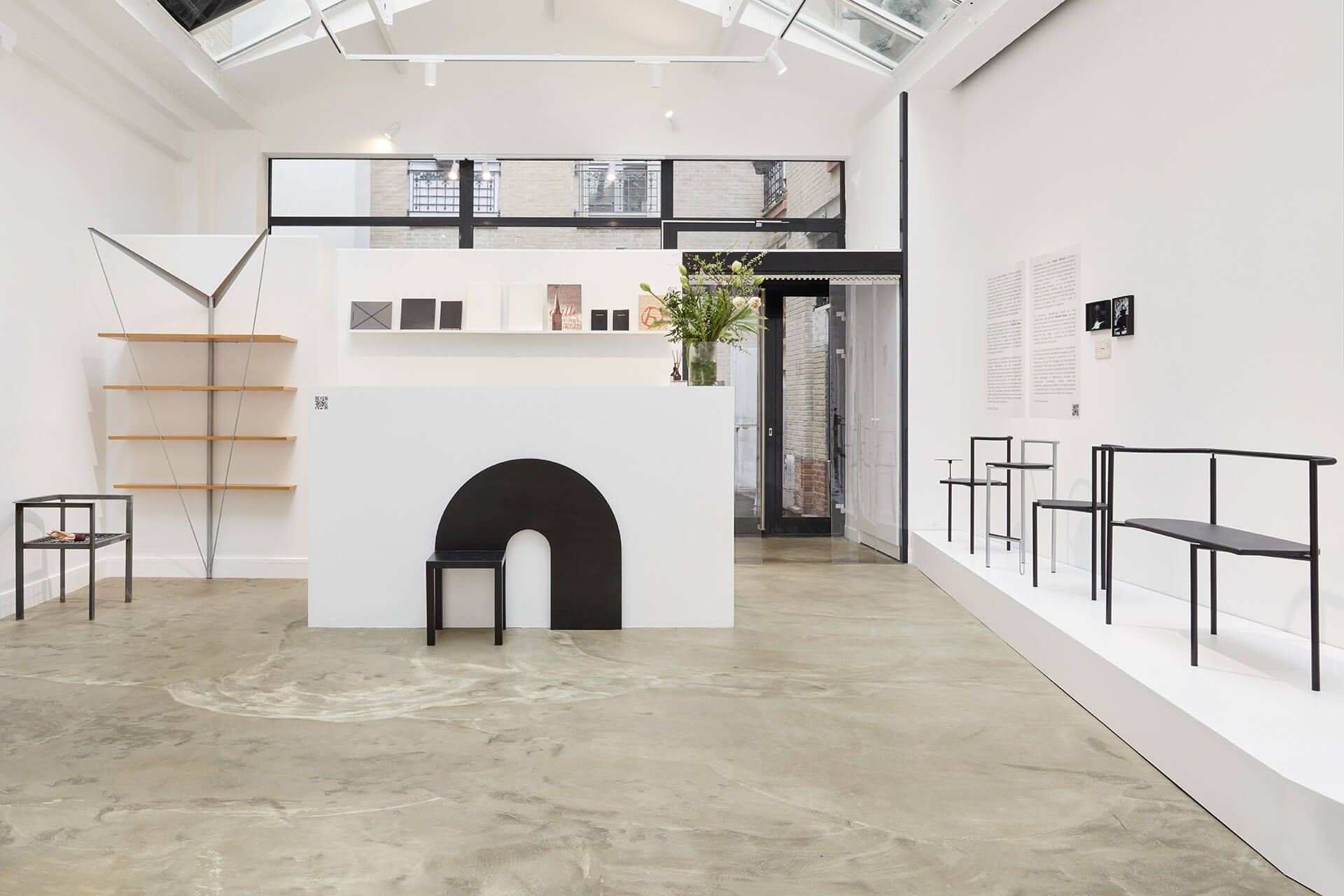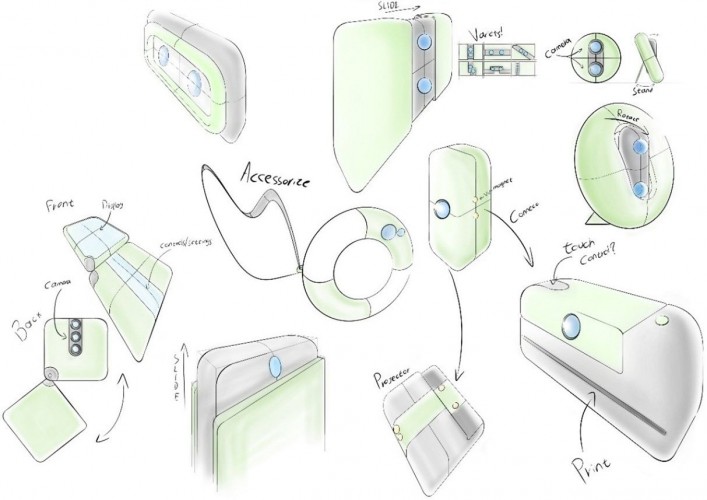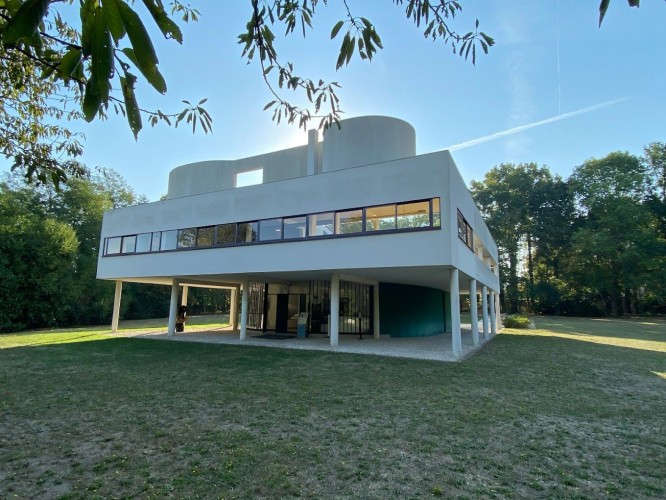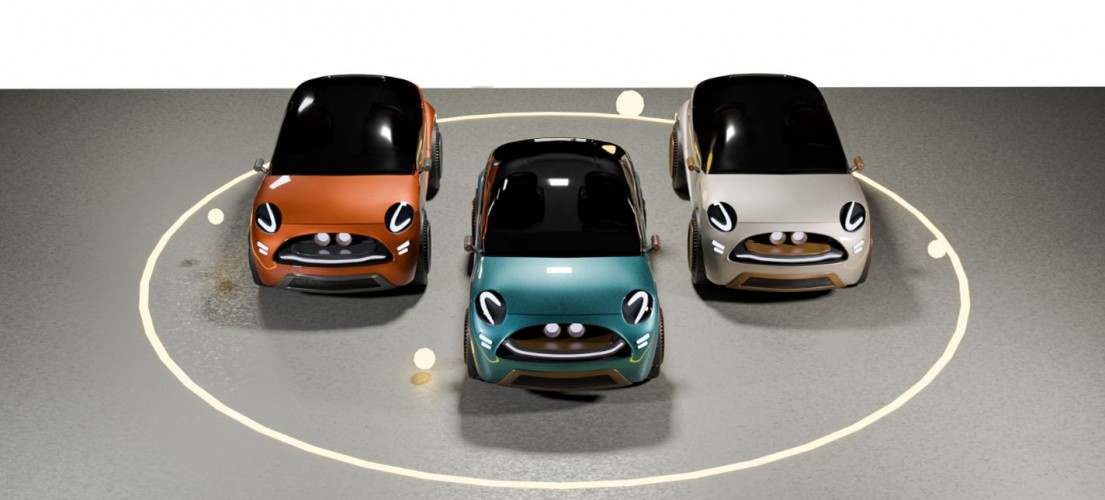“Luck and Sex. That’s all”: Η πρόσφατη έκθεση-φόρος τιμής στον Paolo Pallucco και στην ιστορική διαδρομή τού Brand του.
DS.WRITER:
Sophia Throuvala
Πηγή Κεντρικής Εικόνας: Courtesy of Studio Shapiro, stirworld.com
Τον περασμένο μήνα ολοκληρώθηκε η έκθεση “Luck and Sex. That’s all”, στην Ketabi Projects στο Παρίσι. Αφιερωμένη στο έργο τού Ιταλού σχεδιαστή Paolo Pallucco. Ο Ρωμαίος -αρχικά αρχιτέκτονας- ιδρύει το ιστορικό ομώνυμο design brand τη δεκαετία του ‘80 και γράφει σύντομα ιστορία στο πειραματικό και βιομηχανικό έπιπλο. Η έκθεση στο Παρίσι μάς μεταφέρει στην εποχή που το brand αλλάζει τον κόσμο τού design, παίρνοντας την ιστορία από την αρχή, δηλαδή από την περίοδο που ο Pallucco δεν ασχολείται ακόμα με τον σύγχρονο σχεδιασμό αλλά, γοητευμένος από τις ιστορικές πρωτοπορίες, φέρνει στην αγορά του ιταλικού επίπλου τα πιο iconic μοντερνιστικά κομμάτια, βγάζοντάς τα από το αρχείο και κάνοντάς τα προσβάσιμα στη ζωή και τη χρήση.
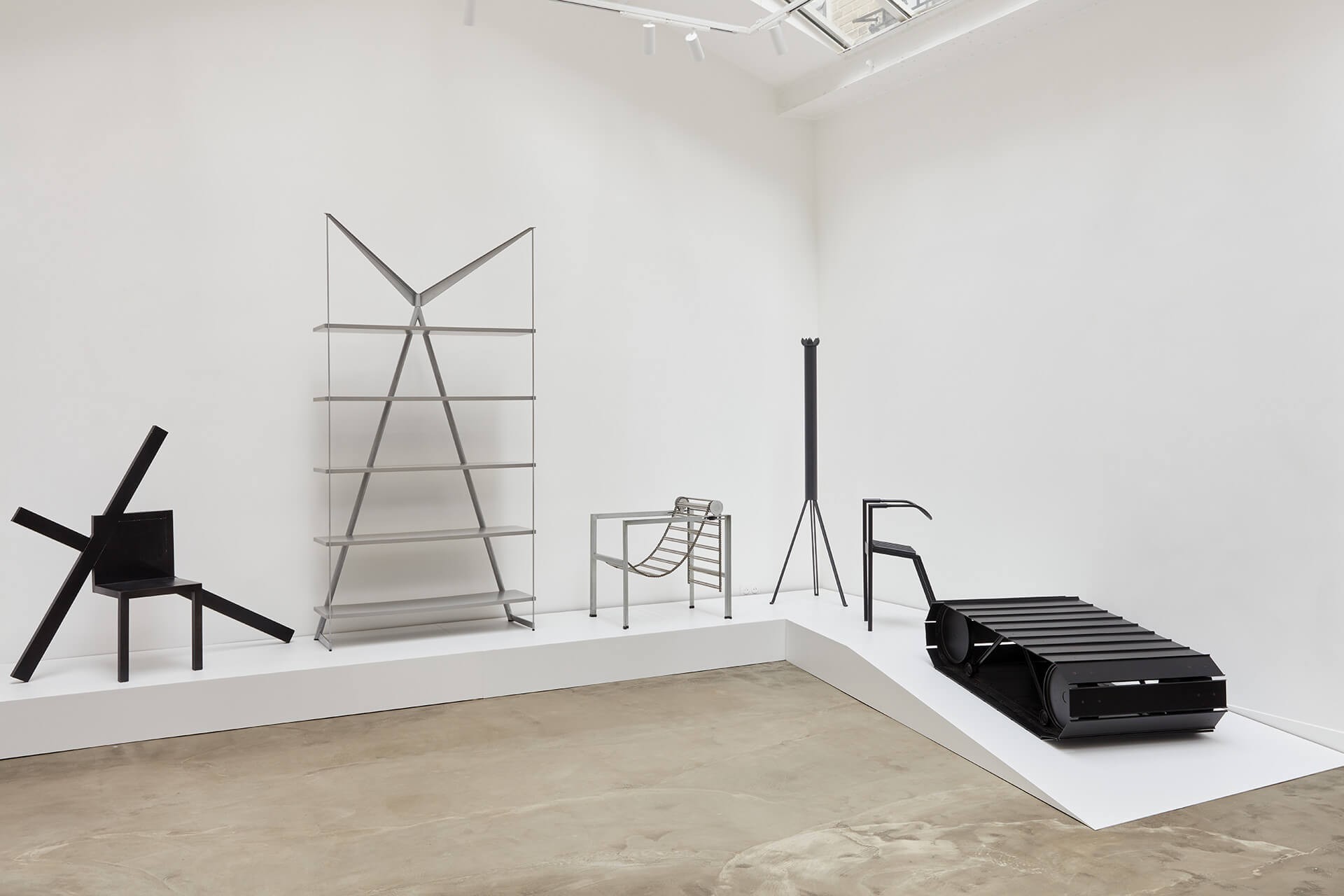
Πηγή Εικόνας: Courtesy of Studio Shapiro, stirworld.com
Σύντομα όμως ο ιδρυτής άρχισε να αναζητά κάτι περισσότερο δημιουργικό από την απλή αναπαραγωγή ήδη καθιερωμένων ιστορικά επίπλων. Έτσι, στην αρχή της δεκαετίας του ‘80, έχοντας ήδη γνωρίσει επιτυχία με τις μοντερνιστικές ρέπλικες, μεταφέρει την εταιρεία του στο Veneto και ξεκινά να σχεδιάζει και να υλοποιεί τα δικά του έπιπλα μαζί με τη σύζυγό του Mireille Rivier. Υπό την καθοδήγηση των industrial designers Hannes Wettstein και Jurgen Bey, σχεδιάζει και πρακτικά μετουσιώνει την πολιτική, τη μόδα και την ιστορία της τέχνης, σε έπιπλα με μοναδικό ιδίωμα και ιδιαίτερες χρήσεις. Σε συνεργασία με τον φωτογράφο Peter Lindbergh και την fashion designer Rei Kawakubo, το brand απέκτησε τη δική του ταυτότητα η οποία ήταν καθολικά προσδιορισμένη από την πολυκλαδική διαχείρισή της.
Μετά από την πρώτη συνεργασία με την Kawakubo ξεκινάει μια στροφή στον σύγχρονο σχεδιασμό, ο οποίος προσεγγίζεται συχνά με αρχαίες τεχνικές και παραδοσιακές μεθόδους διαμόρφωσης του υλικού, όπως πχ του φυσητού γυαλιού. Τα στοιχεία αυτά, με την πολύπλευρη γλώσσα και αναφορές, ενώνουν τη λειτουργικότητα με αισθητικά στοιχεία παρμένα από τον χώρο της μαζικής παραγωγής και της βιομηχανίας, ενώ επίσης δεν λείπουν οι λυρικές αναφορές -φόροι τιμής- σε αγαπημένους δημιουργούς, όπως στον Rainier Maria Rilke και τον Andreï Tarkovsky, από τον οποίο ο Παλούκο εμπνεύστηκε τη διάσημη τρίποδη καρέκλα του Stalker, προφανές δάνειο από την ομώνυμη ταινία του ‘79. Με τη σειρά του War ‘87, εισάγει στον σχεδιασμό επίπλου κάτι πρωτοφανές, τα εργαλεία πολέμου σε οικιακή κλίμακα. Συγκεκριμένα, το τραπέζι καφέ Tankette (σε συνεργασία με τη Mireille Rivier) μεταφέρει στο εσωτερικό του σπιτιού μια αισθητικοποιημένη μορφή τού μιλιταρισμού, ενώ παράλληλα και ένα σχόλιο για το ίδιο το design, πραγματοποιώντας μια στροφή στα διδάγματα του μοντερνισμού με ένα ιδίωμα βαθιά κυριολεκτικό και πολιτικό για τα δεδομένα του design της εποχής.
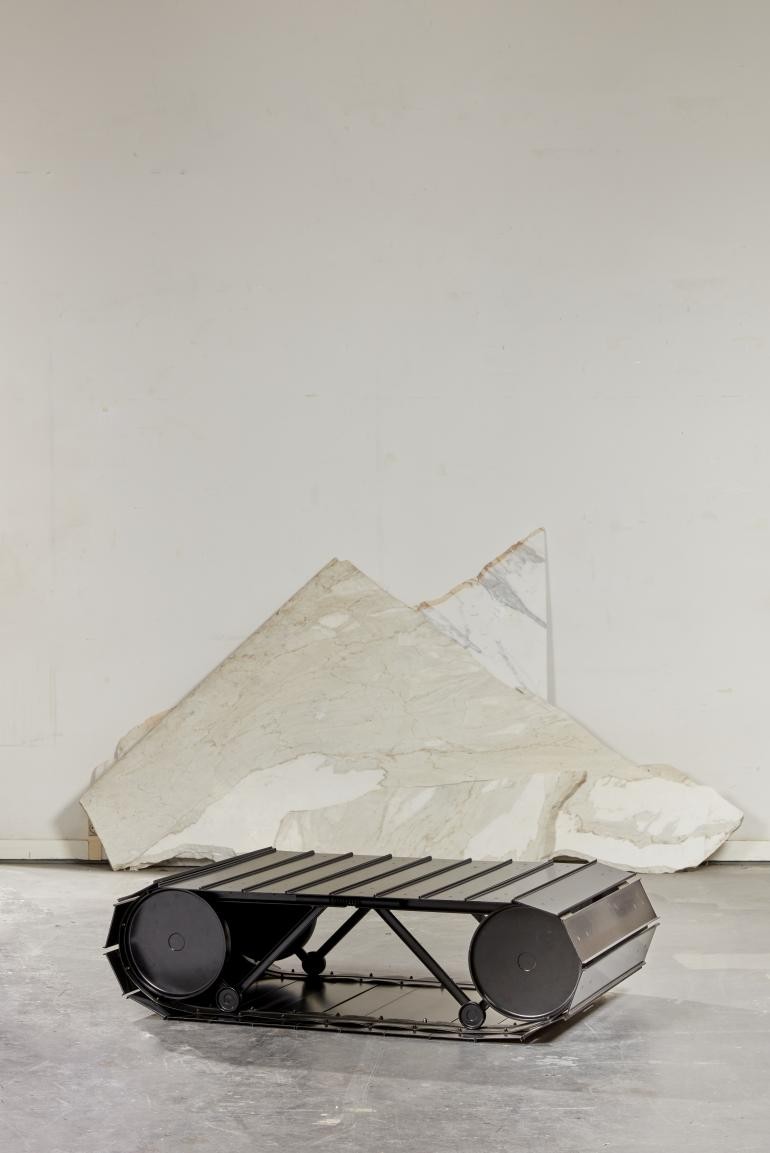
Paolo Pallucco & Mireille Rivier’s XX Tankette' table. | Πηγή εικόνας: Courtesy of Studio Shapiro, stirworld.com
Το 2016, το brand πραγματοποιεί μια αισθητική στροφή με την αλλαγή της ιδιοκτησίας. Ο Βενετός Lino Lando, ιδιοκτήτης της εταιρείας φωτιστικών Fortuny®, αναλαμβάνει τα ηνία της Pallucco με βασικό του στόχο να συνεχίσει την πορεία τού brand και ταυτόχρονα να προωθήσει τη γνώση πάνω στο πρωτοποριακό και δημιουργικό design.
Η τελευταία εμβληματική ρετροσπεκτίβα “Luck and Sex. That’s all.” αφορμάται τον τίτλο της από μια φράση του Paolo Pallucco, ένα σχόλιό του πάνω στη ζωή. Την επιμέλεια της έκθεσης αναλαμβάνουν οι Paul Bourdet, Stefan Cosma και Charlotte Ketabi-Lepard, με στόχο να αναδείξουν όλο το φάσμα και την ιστορία του brand. Για τον σκοπό αυτόν, η έκθεση ξεκίνησε με μια μεγάλη έρευνα δύο ετών, στην οποία κλήθηκαν να συνεισφέρουν 40 σχεδιαστές. Το αποτέλεσμα αυτής της μεγάλης παραγωγής, με απόλυτο σεβασμό στα σχέδια του ίδιου του Pallucco και της φιλοσοφίας του, παρουσιάστηκε στην Paris’ Ketabi Projects και ολοκληρώθηκε τον περασμένο Μάρτιο (2022).
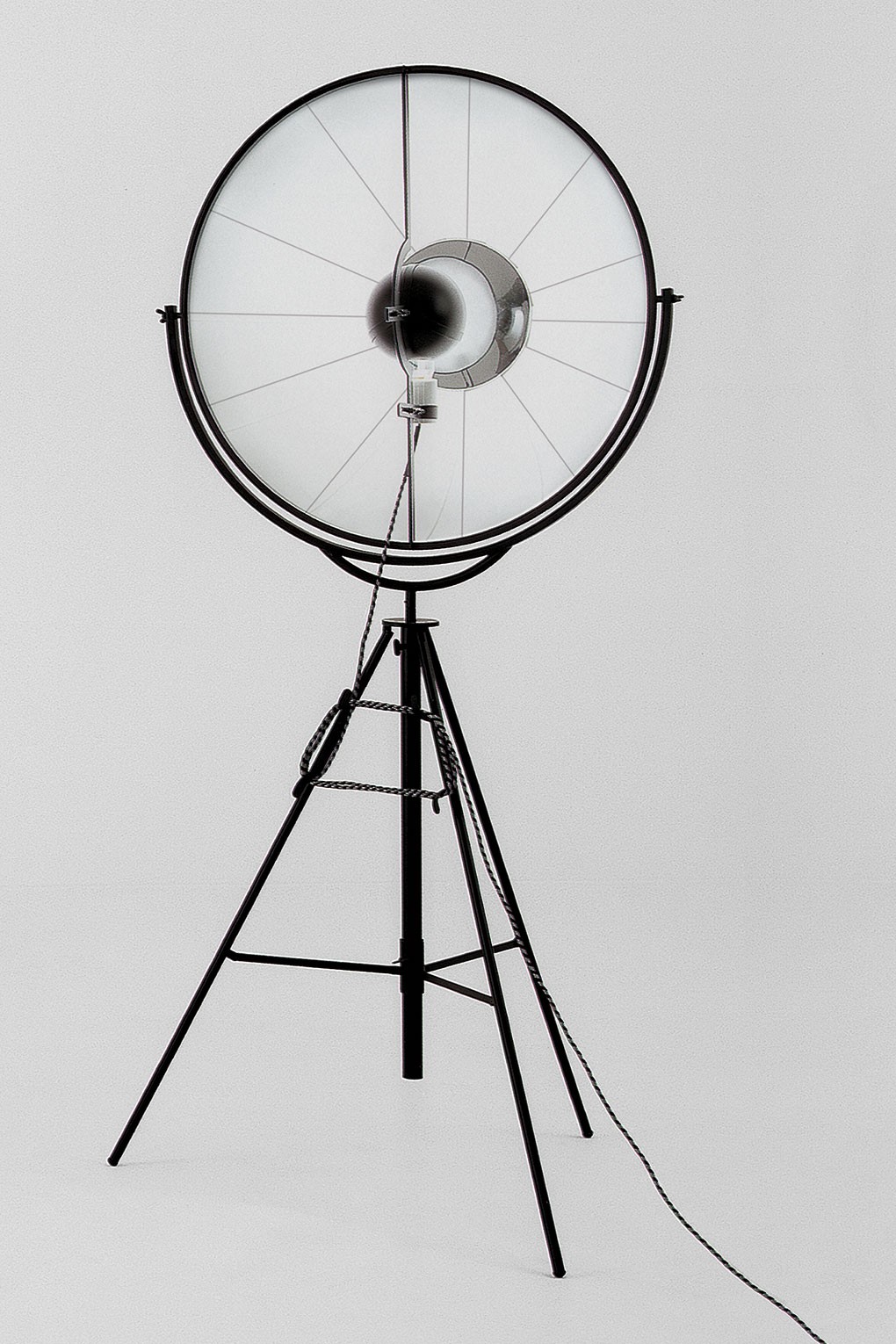
Επιδαπέδια λάμπα Fortuny | Πηγή εικόνας: pallucco.com
Στα πλαίσια της έκθεσης, το κοινό είχε την ευκαιρία να γνωρίσει τον βαθιά εμπνευσμένο σχεδιαστή, ακολουθώντας το τρένο της σκέψης του από την αρχή της καριέρας του. Από avant-garde σχεδιαστής, ο οποίος ήθελε να φέρει στη ζωή τις αγαπημένες του ιστορικές φόρμες, ως και την περισσότερο πειραματική του περίοδο, την πολιτική, σχολιαστική και ειρωνική φάση του, και την πιο λυρική και θρησκευτική, μέχρι και το σήμερα. Η έκθεση αυτή αποτελεί το πρελούδιο για τον πολυαναμενόμενο τόμο που εξερευνά τη ζωή και το έργο του Pallucco, ο οποίος αναμένεται να εκδοθεί στα τέλη του έτους.
Feather Reading:
https://www.pallucco.com/it/download
https://www.pallucco.com/projects
https://www.wallpaper.com/design/new-york-design-week-2022
https://www.vntg.com/165975/bocca-da-fuoco-coat-hanger-by-paolo-pallucco-and-mireille-rivier-1987/
https://www.sightunseen.com/2022/03/paolo-pallucco-retrospective-paris-1980s-furniture/




